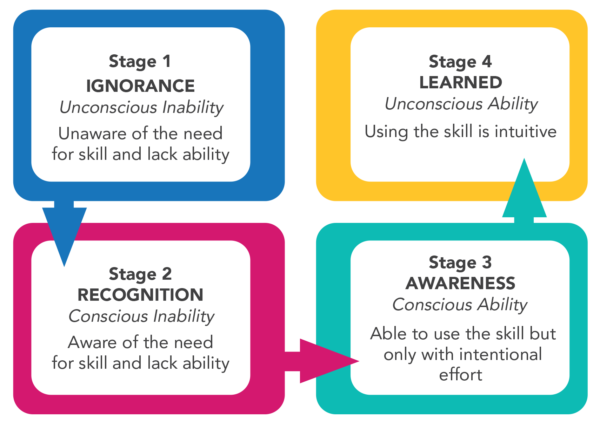The Power of Empathy
Contributing Editor: Jazmine Tavenner, Director of Programs
From altered routines to online instruction, educators have had to navigate profound and unexpected challenges this year. As we continue to adjust while trying to remain present and optimistic, it may prove difficult to know exactly how to show up for students. What can we do to ensure that they are fulfilled, supported, and—most importantly—able to learn? Our answer to this question is straightforward: practice empathy. While empathy can’t stop Zoom from freezing or adapt our lessons to meet this year’s demands, it will remind us that we’re all in this together and that we are all facing similar struggles with personal implications. By responding with empathy, we can make space for understanding and forge lasting connections that will help us thrive in these challenging times.
When we learn to empathize with another’s experiences, we can optimize how best to support our students and fellow educators. In this issue, we explore the three different types of empathy—cognitive, emotional, and compassionate—and apply them to everyday situations. From proactively addressing bullying to creating a learning environment that develops understanding and respectful behavior, these articles will offer you insights about the way you show empathy, suggest activities to build students’ empathy, and provide strategies for creating a culture of empathy, regardless of where your learning is taking place.
Articles in this Issue

Preventing Bullying Using Empathy
While it may be easy to cast those who bully as villains, it is far too simplistic to consider bullying behavior in terms of good versus bad. Research suggests that…

What Is Empathy?
Leslie Jamison writes that empathy is a kind of travel: entering another person’s experience “as you’d enter another country, through immigration and customs, border crossing by way of query .…

Compassionate Empathy: The Greater Good and Social Justice
I think we should talk more about our empathy… the ability to put ourselves in someone else’s shoes; to see the world through the eyes of those who are different…

Bullyproof Your Classroom With Empathy
Within each of the five social and emotional competencies—cooperation, assertiveness, responsibility, empathy, and self-control—are skills and standards aimed to mitigate bullying. One competency, however, is uniquely poised to bullyproof a…

Tying Empathy to Digital Responsibility
From an early age, children learn the basics of good citizenship from parents and teachers. They are taught the fundamentals, including good manners, taking turns, using kind words, caring for…

Morning Meetings: The Heart of Our School Community
Public PreK-5 in Waukee, Iowa Implementing Responsive Classroom since 2016 In a normal year, teachers at Grant Ragan Elementary in Waukee, Iowa, would have been welcoming students back from spring…
